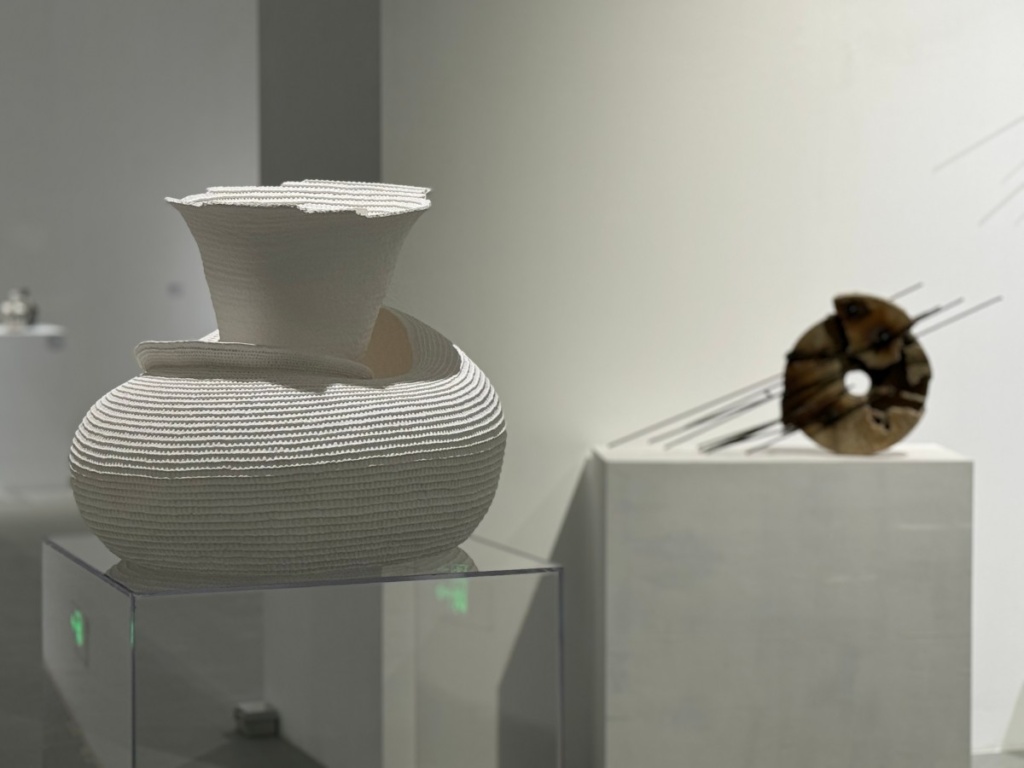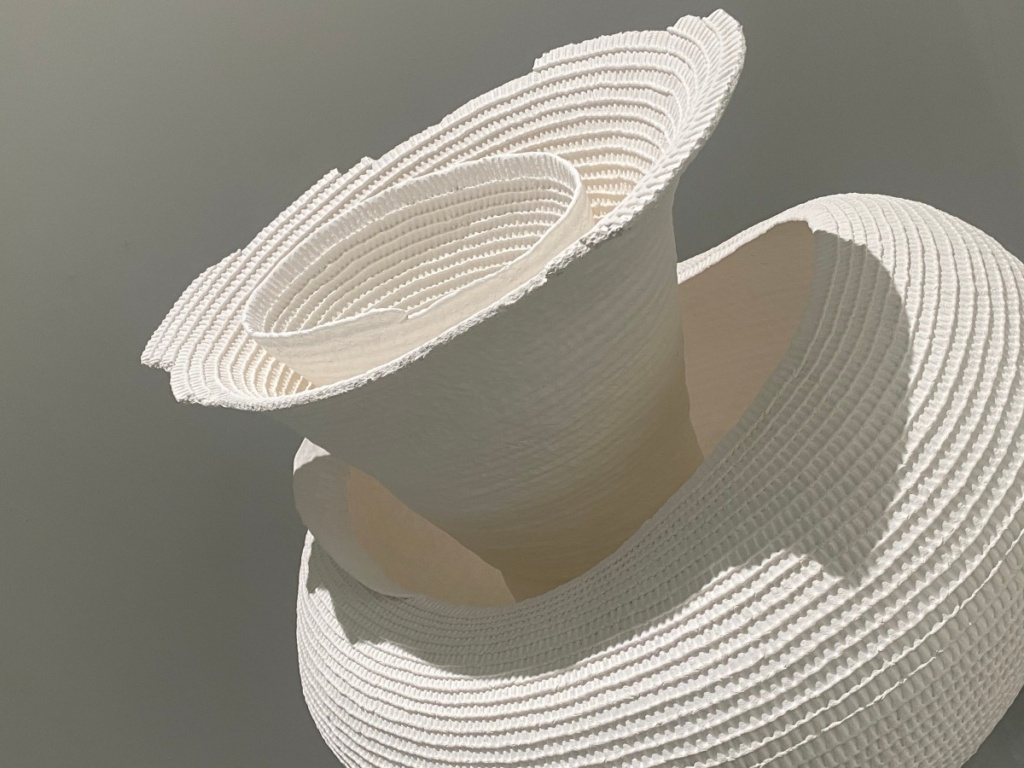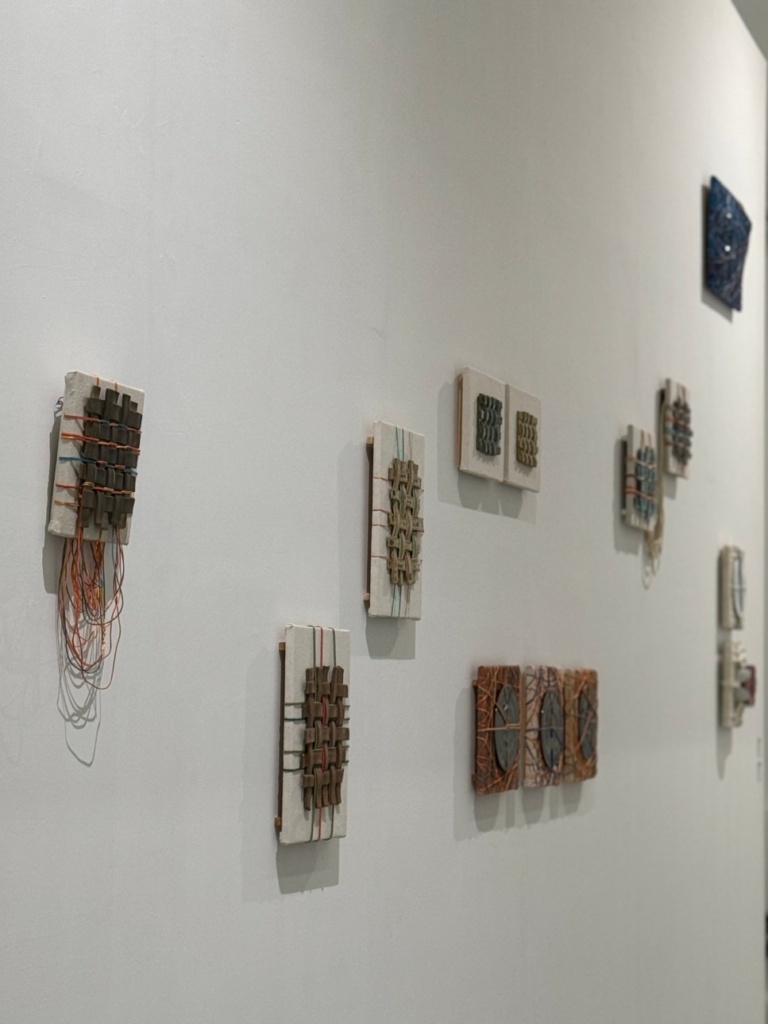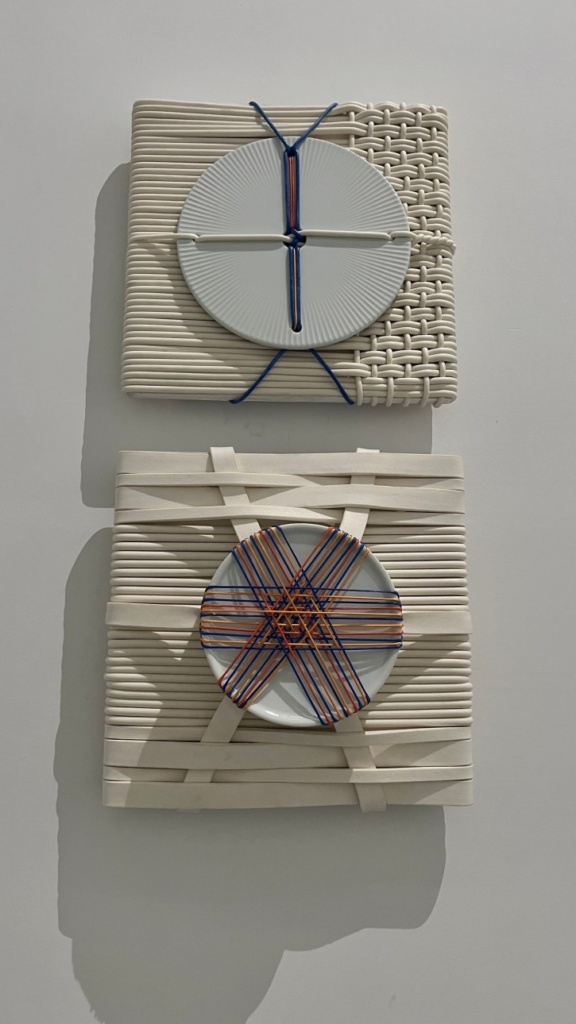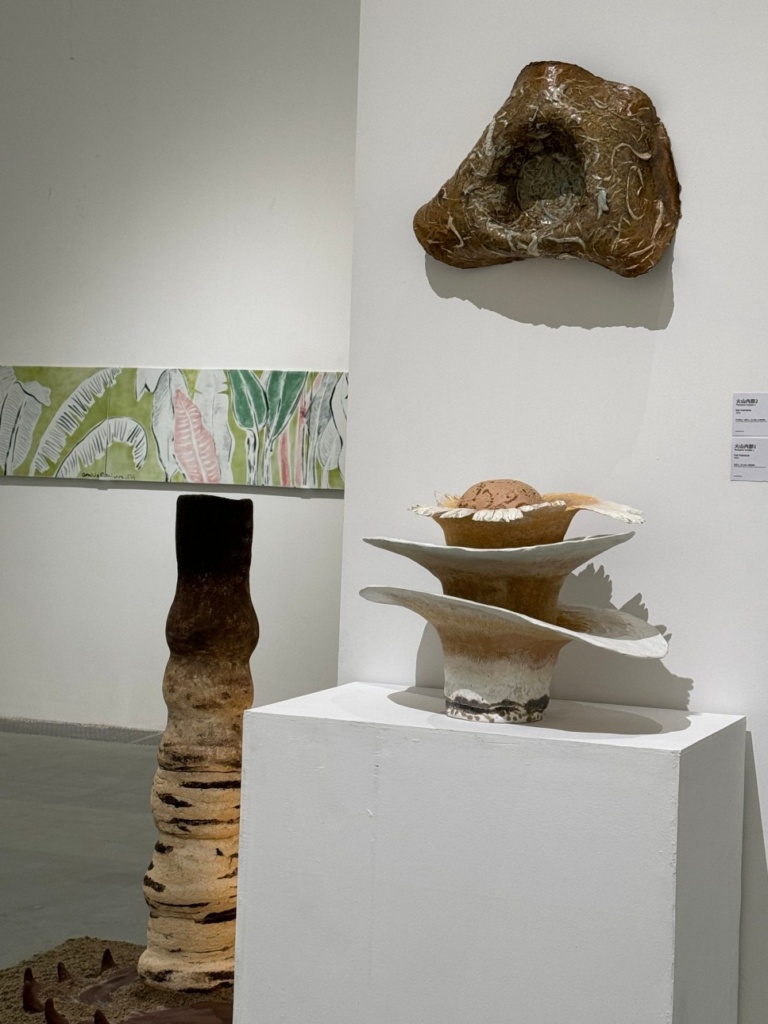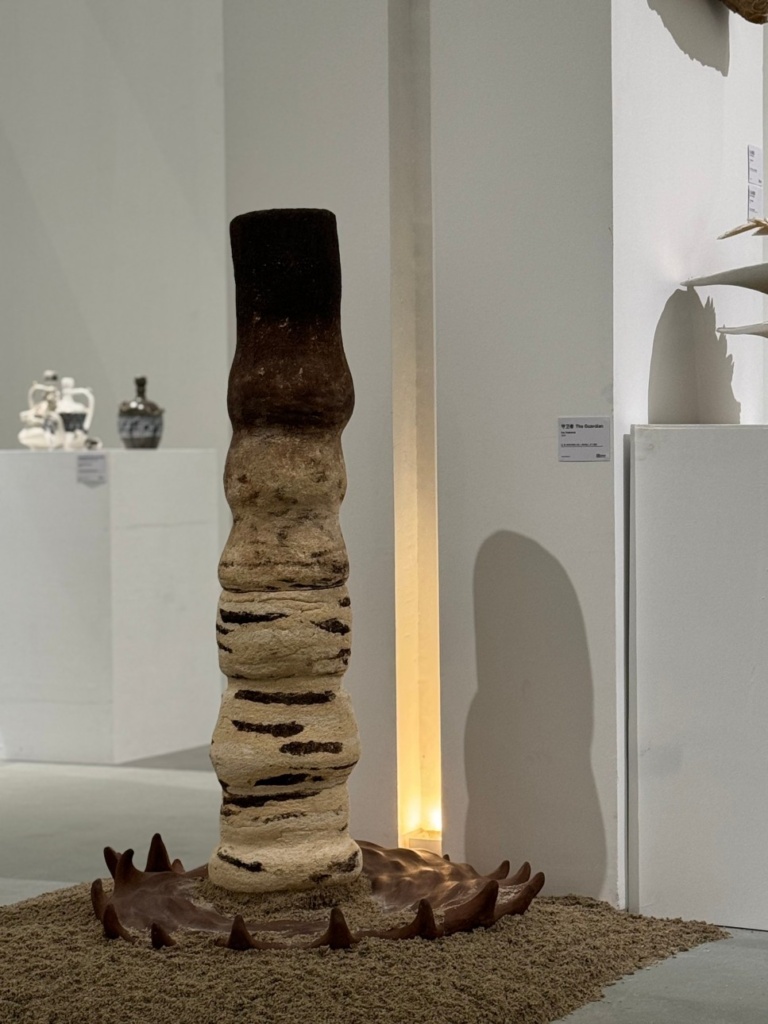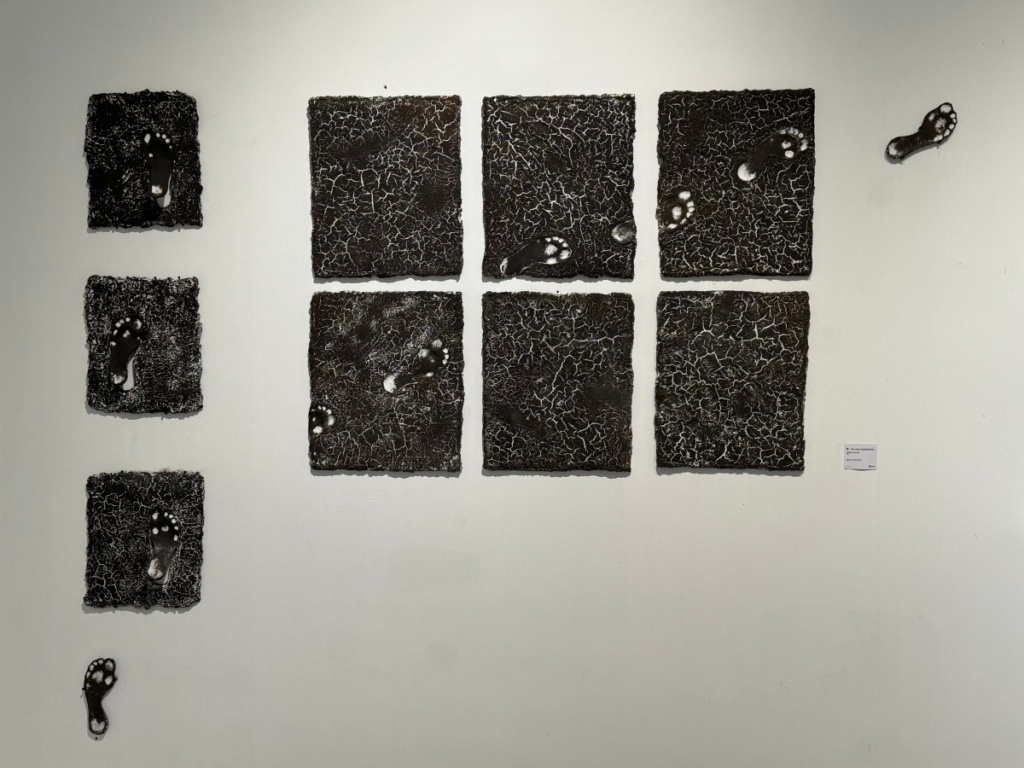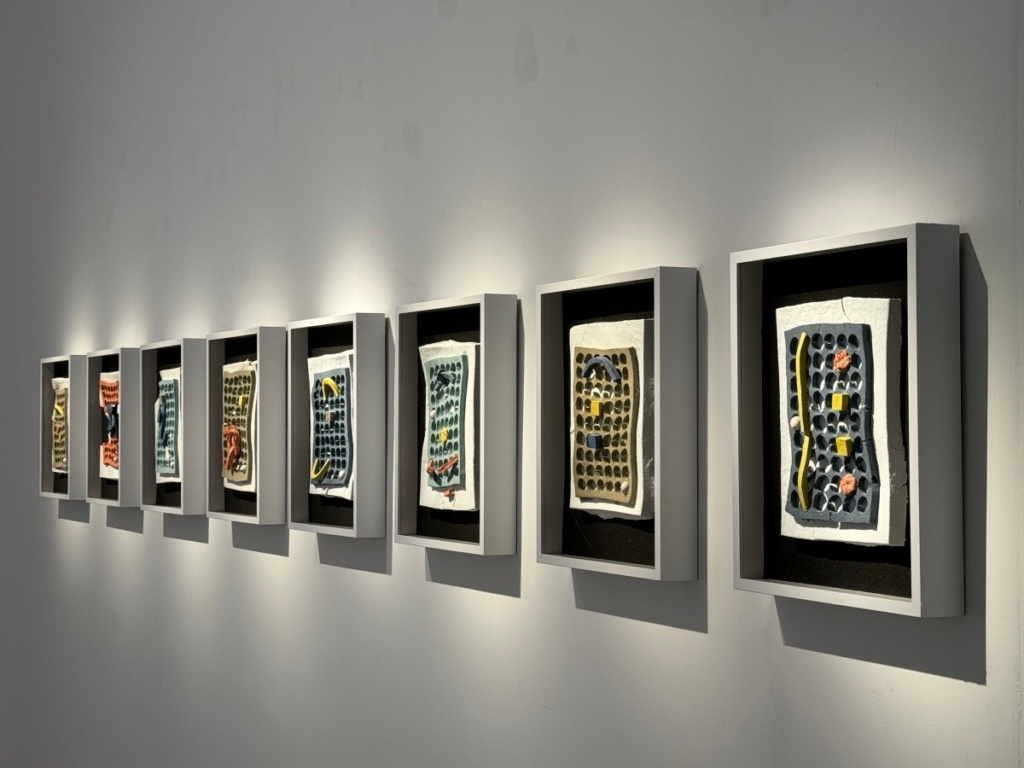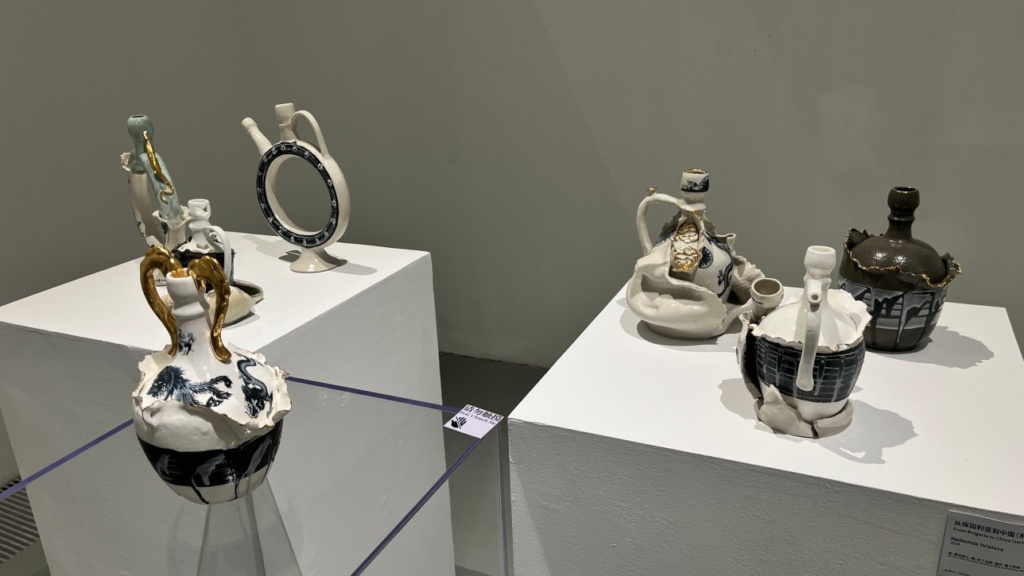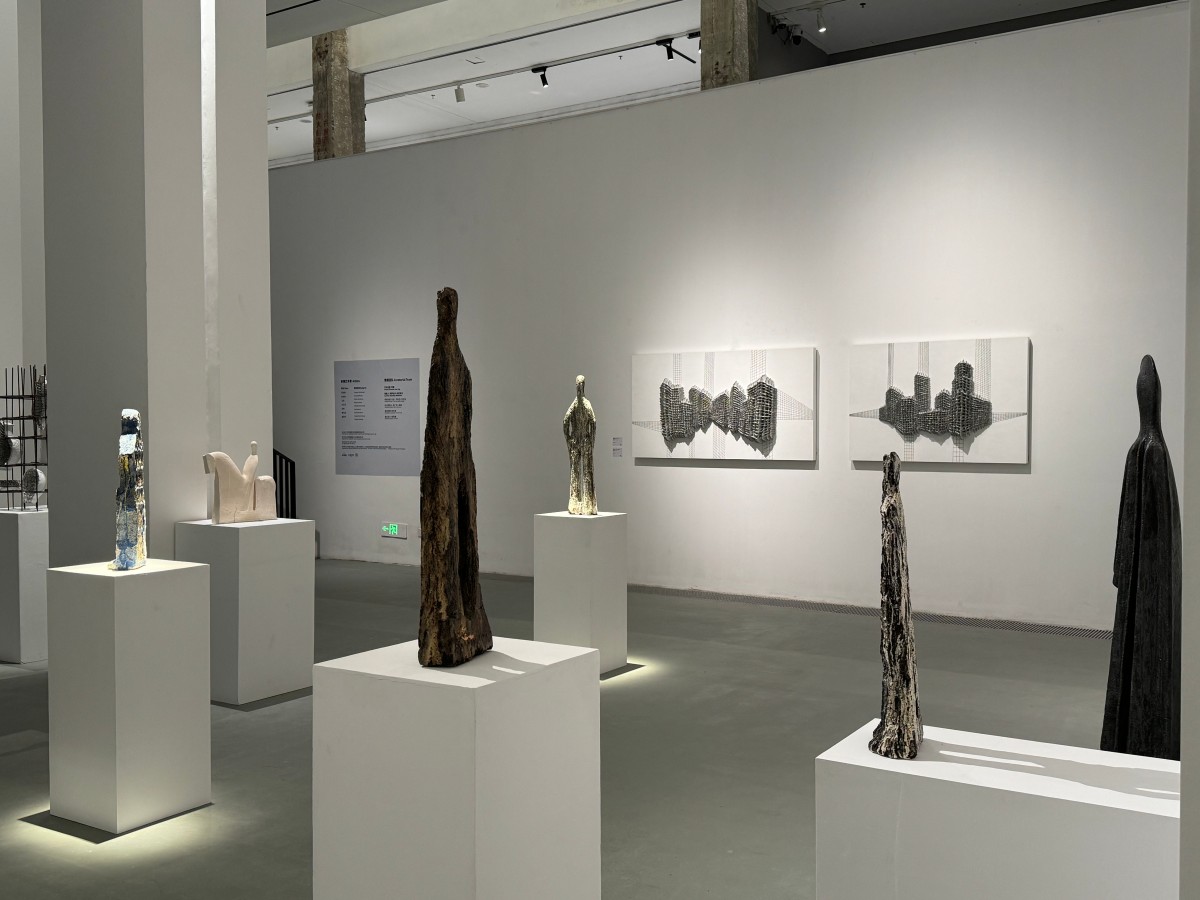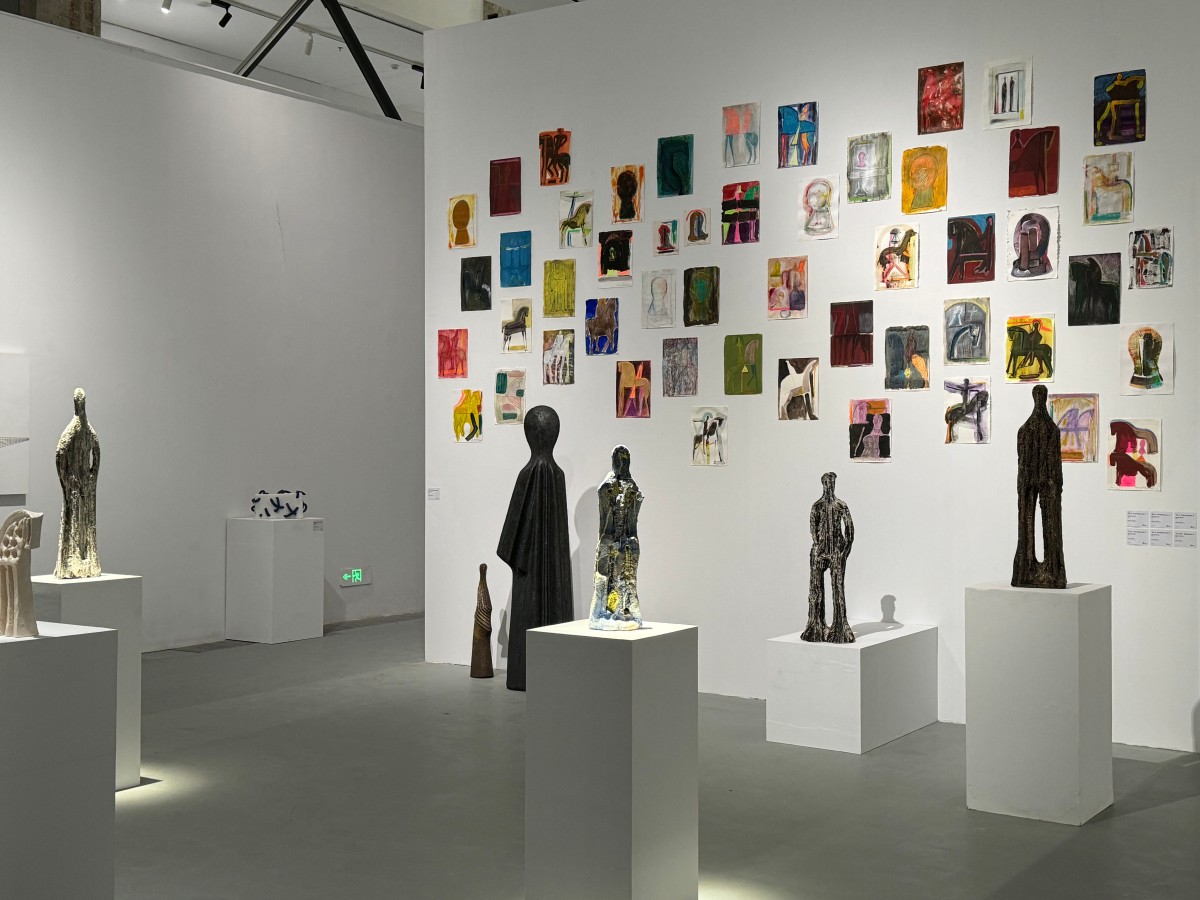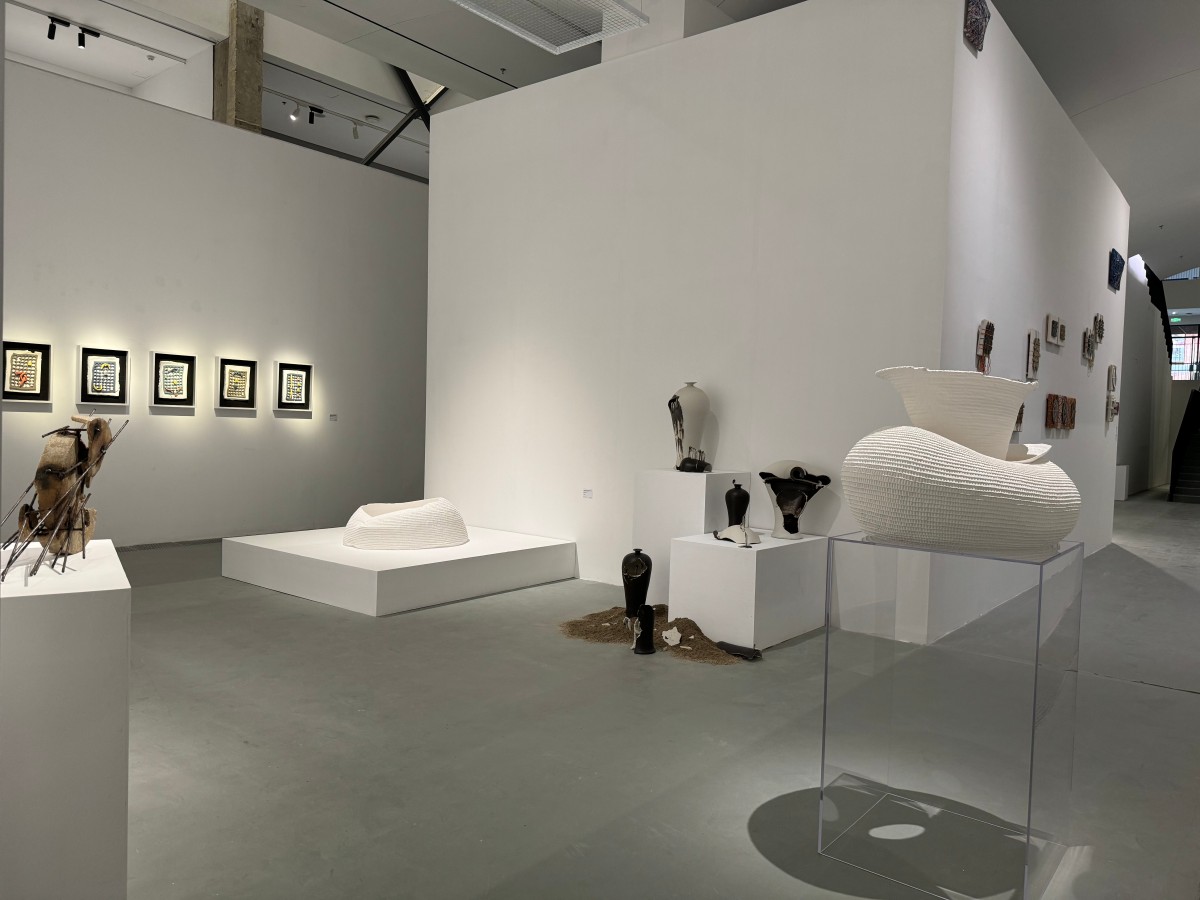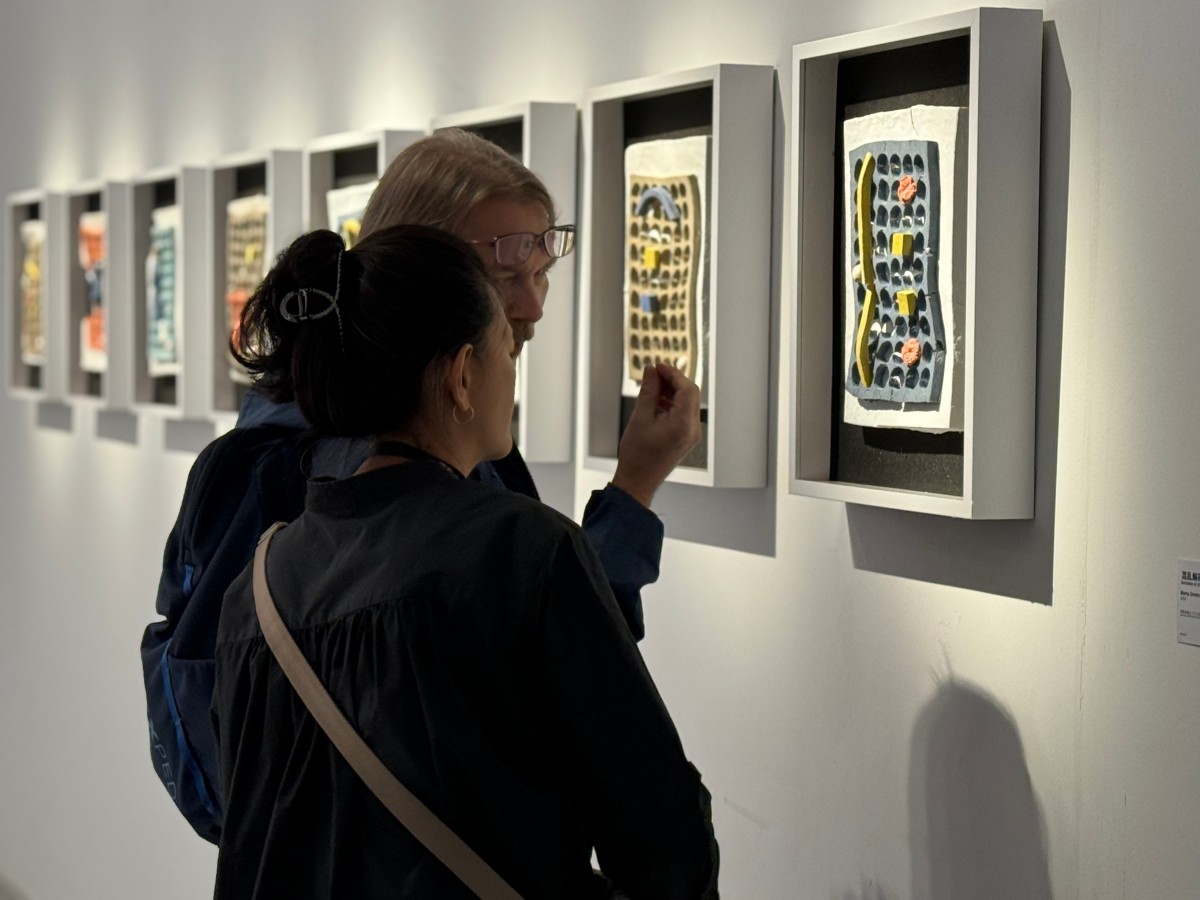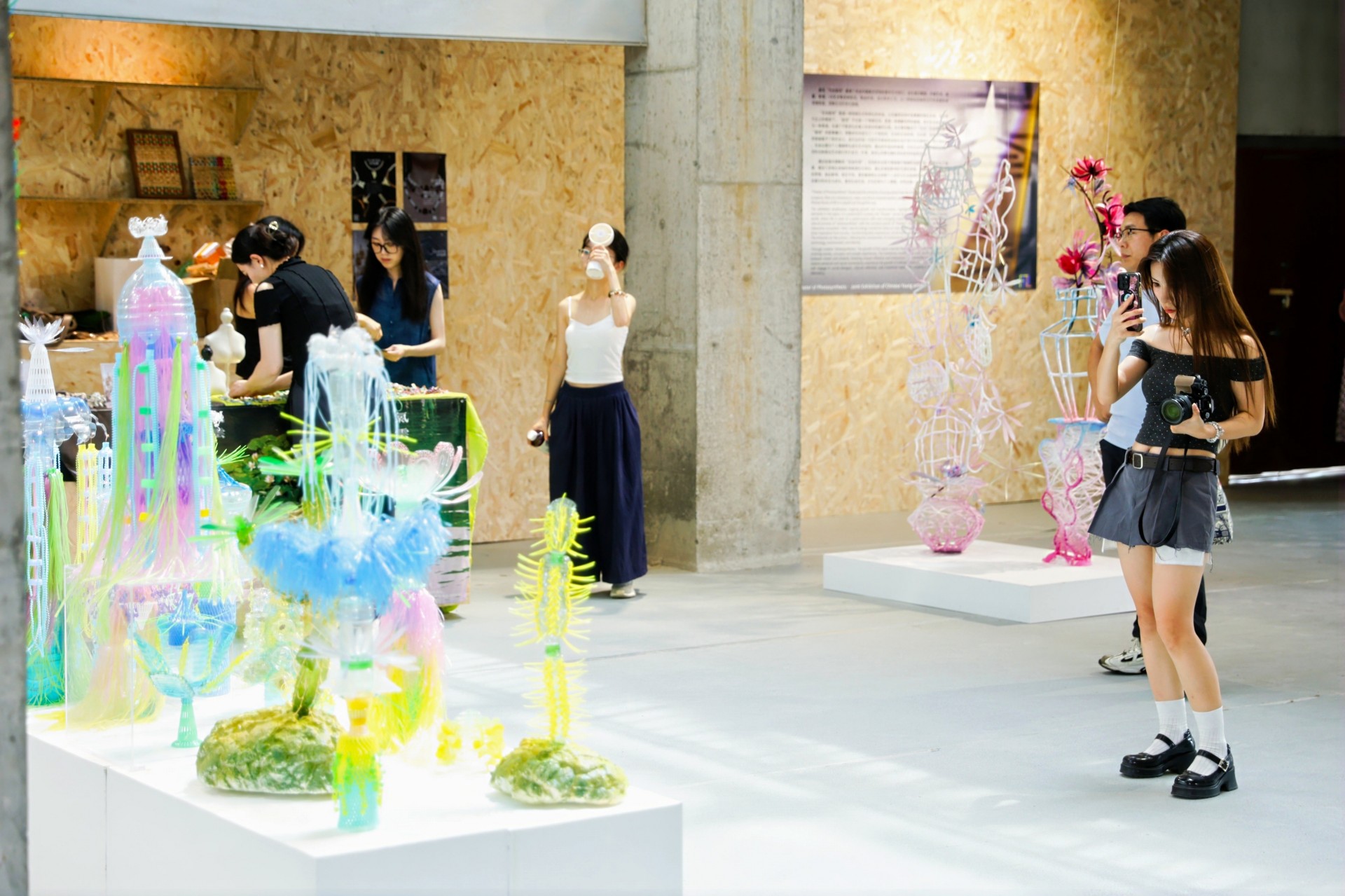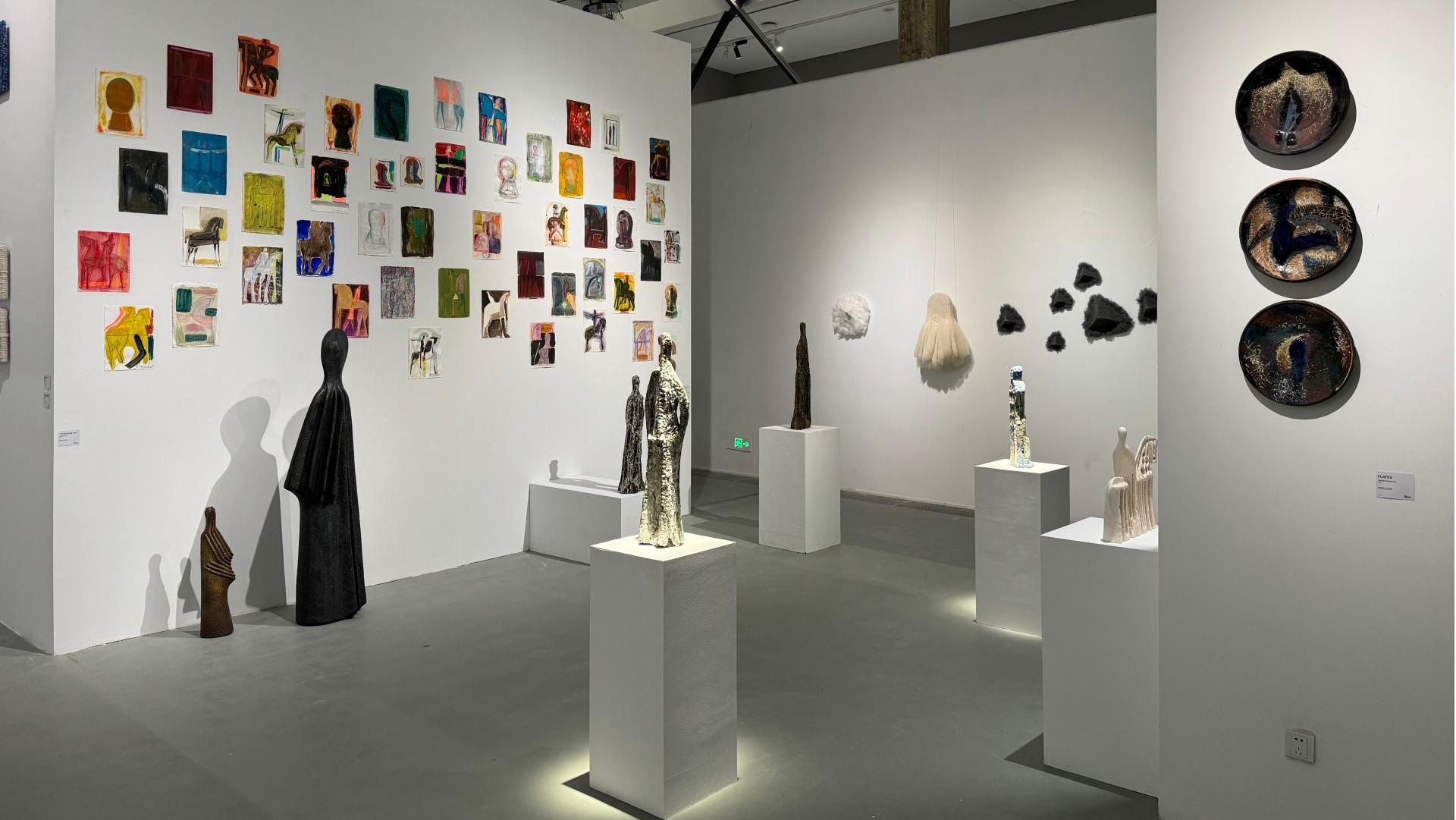



"Ceramic Transitions · China – Bulgaria contemporary ceramic art exhibition" aims to conduct a vivid and profound contemporary art exchange activity, using ceramics to build a cultural connection between China and Bulgaria through ceramics. This exhibition takes Jingdezhen Taoxichuan as a platform, inviting Bulgarian and Chinese artists to create resident artworks. Through ceramic art as a medium, it presents an international perspective of traditional craftsmanship and contemporary innovation. Ceramics, as an ancient and historically significant art form, is no longer limited to traditional forms. Artists have transcended traditional techniques and boundaries in their creations, showcasing the infinite possibilities of diverse media through ceramics, and bringing new vitality to this ancient craft. This residency project is not only a creation about ceramics, but also a profound reflection on history, materials, and modernity. Through the sense of clay and the warmth of flames in ceramics, the work showcases the artist's own experience, emotions, and background, thus endowing ceramics with multiple roles. Artists from different fields gather in Taoxichuan, a space with industrial heritage and historical accumulation, and together play a symphony of culture with their unique expressions.

Poster © Courtesy of Tao Xichuan
Preface
-
“An artist is someone who produces things that people don’t need to have but that he - for some reason - thinks it would be a good idea to give them”. ——Andy Warhol
“Ceramic Transitions” is an ambitious and thematic exhibition with the special advantage that its theme is developed both from the existing or especially developed artworks of artists working in the area of ceramics from China and Bulgaria. Questioning themselves and today’s reality participants of the event try to create their own understanding of the image of art and ceramics present today. The artworks on the show, simply put, had as its basic tenet an understanding that artists work with meaning, not only with materials, shapes, colors and techniques.
Shapes, Colors, Materials as time and space, as an idea, as objects, as forms and these issues pertain to the reception and production of work themselves. The art of ceramics can manifest itself in all of the ways in which human intention can manifest itself. In this exhibition artists are creating new dialogues by incorporating new mediums into their artworks that are now viewed as the fringe elements, such as clay, paint, plastic, paper, ready-mades, textiles and metal.
Towards the end of 19th century William Morris enunciated the doctrine that the most important role of the arts is in the creation of everyday things used by multitudes of people. This association of art and utility, of artist and technician, was not a new idea but the revival of a very old one. Before the Renaissance art and craft, artist and artisan were identical concepts. The word “artist” is distinguished from “artisan” apparently did not come into use until the 16th or 17th century. The expression “fine art” as distinguished from “useful arts”, or as we use to say today – craft, did not come into use until 18th century. Although these distinctions still prevail in our present time, one finds many areas in which art and craft seem to be moving toward each other even with the framework of a specialization imposed by a highly industrialized society.
Nowadays craft and art traces the rise of the “craft-art” phenomenon through the writings of critics and practitioners active in both fields. Art is supposed to be enigmatic. Art must asking questions — questions that might some time is not possible to be answerable. Craft and ceramics must be supplemental, is organized around ‘material’ experience, and presents of ‘skill’ is the most complete embodiment of craft as an active, relational concept rather than a fixed category. And also is ‘structured’ and want to be perfect to show that both ‘the pastoral’ and ‘the amateur’ are conceptual structures in which craft’s marginalization has been consciously put to use.
Clay, perhaps more than any other material, undergoes a fabulous creative transformation – from palpable substance to a stone like, self supporting structure – the self- recorded history of which is burned and frozen into itself by fire.
One of the most successful artists today Robert Arneson working in ceramics today is the opinion, which elevated clay as a medium and changed the definition of craft - art. Arneson was inspired by another one artist Peter Voulkos, and he rejected the idea that ceramic artists can produce only utilitarian or decorative items and in the 1960s, began creating a non-functional clay pieces which contradicting the more formal traditions previously associated with this medium. He said that ‘when artists invade a craft medium, they deliberately make work that is nonfunctional as a way of showing that, though the medium is associated with a craft or design, the work is art’. To create a form, an object, no matter what kind – art or craft, with functionality to a completely with out any functionality, an artwork, we always need our mind and hands. And this exhibition is about creativity – mind and hands, the simplest way to do and create something. What the hand and arm motion can do in relation to flat surfaces is different what hand, arms, and body movement can do in relation to objects in three dimensions.
At the end I want to use the words of Marcel Duchamp, who made it clear in his opinion that “art history is not art”, and also that “I don't believe in art, I believe in the artist.”
Assadour Markarov
April 2024
ARTWORKS
-

郑闻卿 《兵释前嫌,器道未来》,瓷、玻璃、视频影像,尺寸可变 © 图片拍摄,Fiber Media Lab
阮悦来 《天籁》,陶瓷、电子装置、综合材料,尺寸可变 © 图片拍摄,Fiber Media Lab
王杰 《升起,坠落,与地平线》,纤维陶瓷,72x56x58cm © 图片拍摄,Fiber Media Lab
Maria Ganeva 《软硬对谈》,瓷、釉、蜡线,综合材料,60x80cm © 图片拍摄,Fiber Media Lab
Iva Ivanova 《火山内部》,红色黏土、纸黏土、灰尘釉,30x50x70cm © 图片拍摄,Fiber Media Lab

谭丹武 《构筑系列 1》,高温瓷、金属,60x40x90cm © 图片拍摄,Fiber Media Lab

谭丹武 《都市 3》,高温瓷、木,170x90x20cm © 图片拍摄,Fiber Media Lab

余晖 《2024年2月21日结绳记事 》,海绵、泥浆、高温色剂、不锈钢、镀烙漆,还原焰,155x110x38cm © 图片拍摄,Fiber Media Lab
Mihaela Kamenova 《转移》系列,红、棕色黏土、铁,80x100x30cm / 120x45x25cm / 80x60x30cm / 60x130x30cm / 100x50x25cm © 图片拍摄,Fiber Media Lab
Ralitsa Yovkova 《路》,黑色黏土、釉,尺寸可变 © 图片拍摄,Fiber Media Lab
Marta Dimitrova 《混乱解药》,彩色化妆土、海绵,40x25cm © 图片拍摄,Fiber Media Lab

Nadezhda Hristova《从保加利亚到中国》系列,瓷、黏土、釉,8x38cm / 40x30cm / 30x20cm © 图片拍摄,Fiber Media Lab

Mihaela Kamenova《遗产》系列,中白黏土,80x40cm / 60x30cm / 40x20cm © 图片拍摄,Fiber Media Lab

Georgi Milenov 《飞人》系列,黏土、釉,170x38x30cm / 75x27x10cm / 55x18x11cm / 40x17x10cm © 图片拍摄,Fiber Media Lab

孙艺芸 《顺·随实验》,羊毛、陶瓷,30x40x30cm / 17x17x20cm / 25x5x60cm / 40x30x20cm / 15x15x18cm © 图片拍摄,Fiber Media Lab



